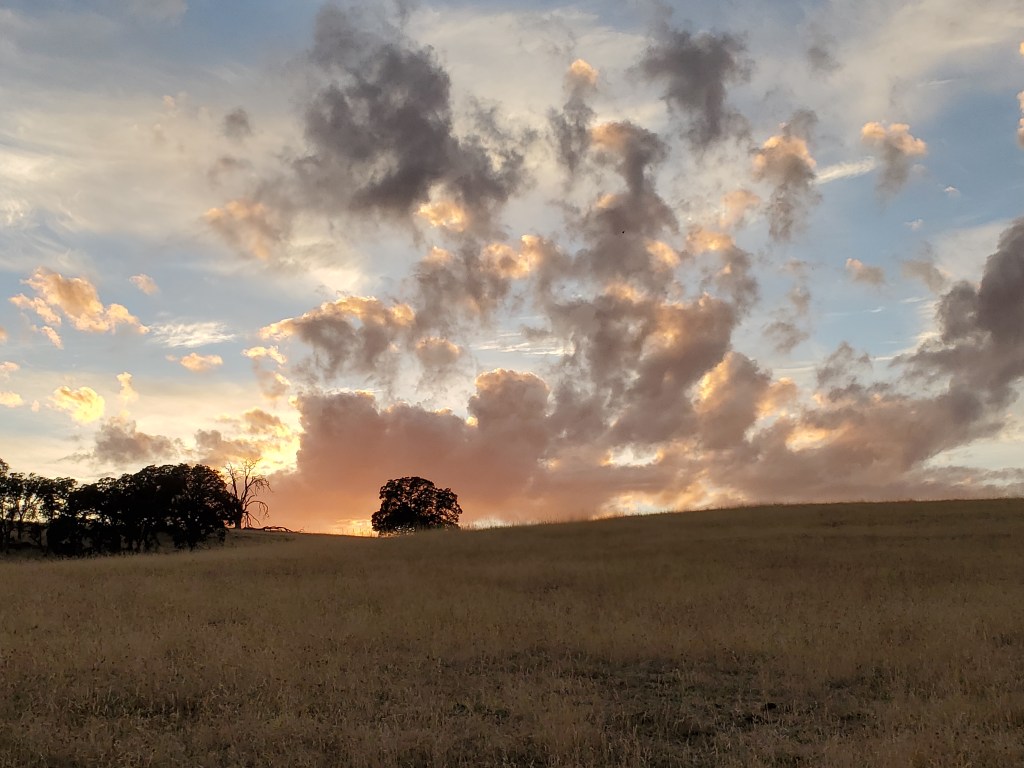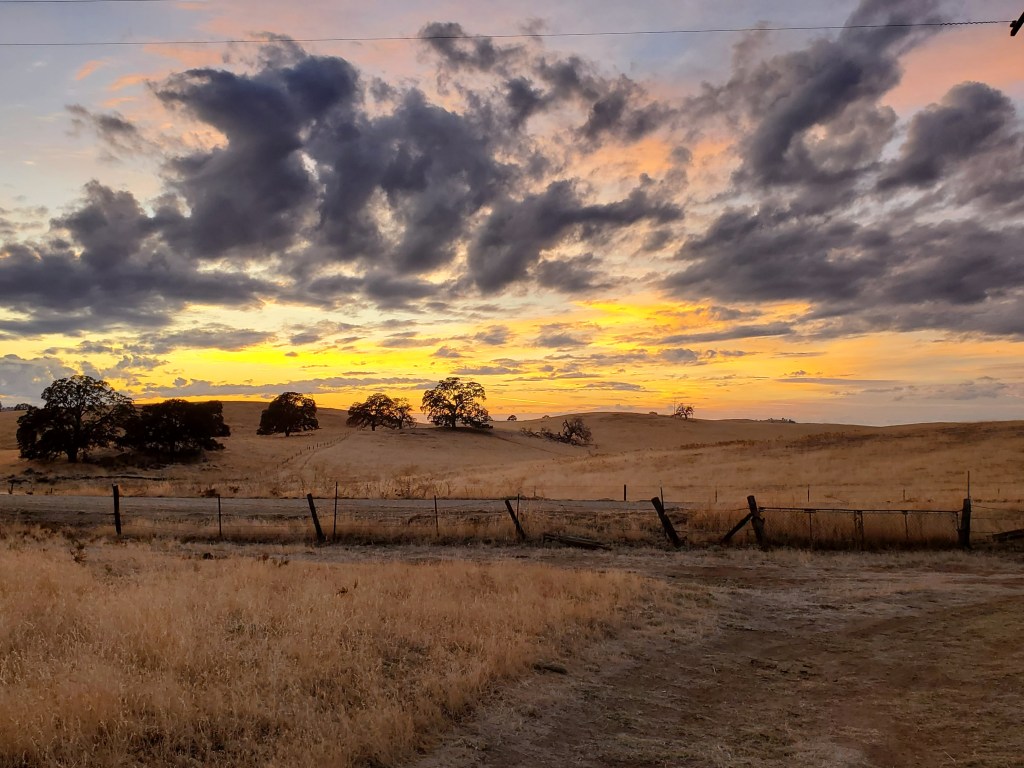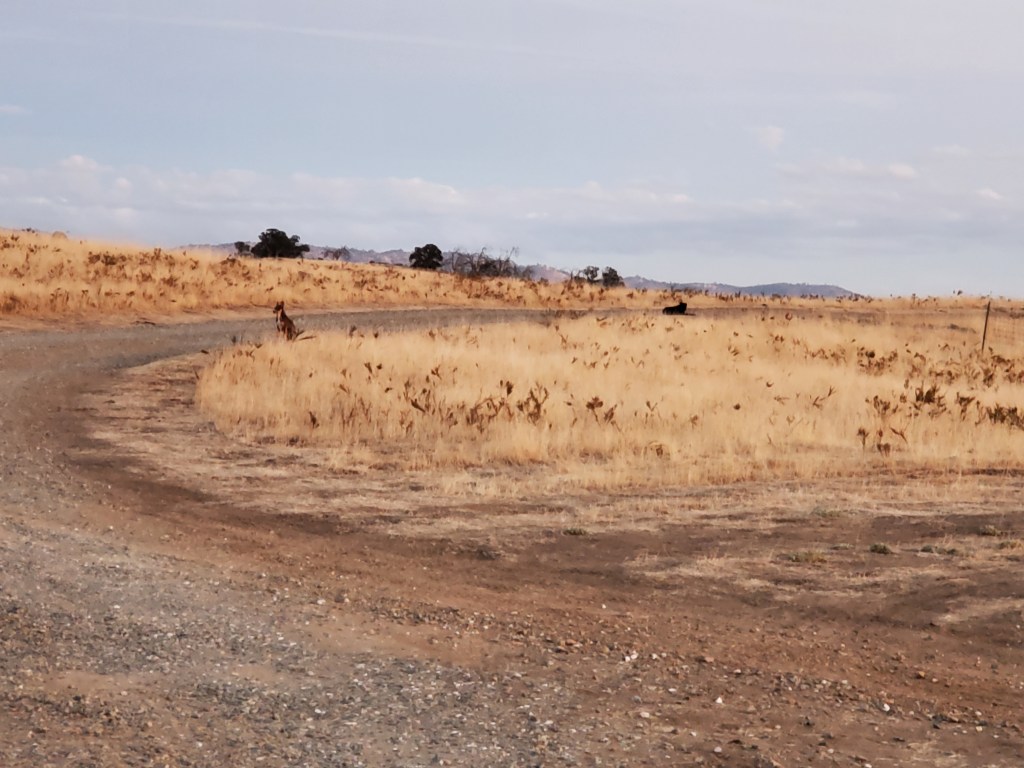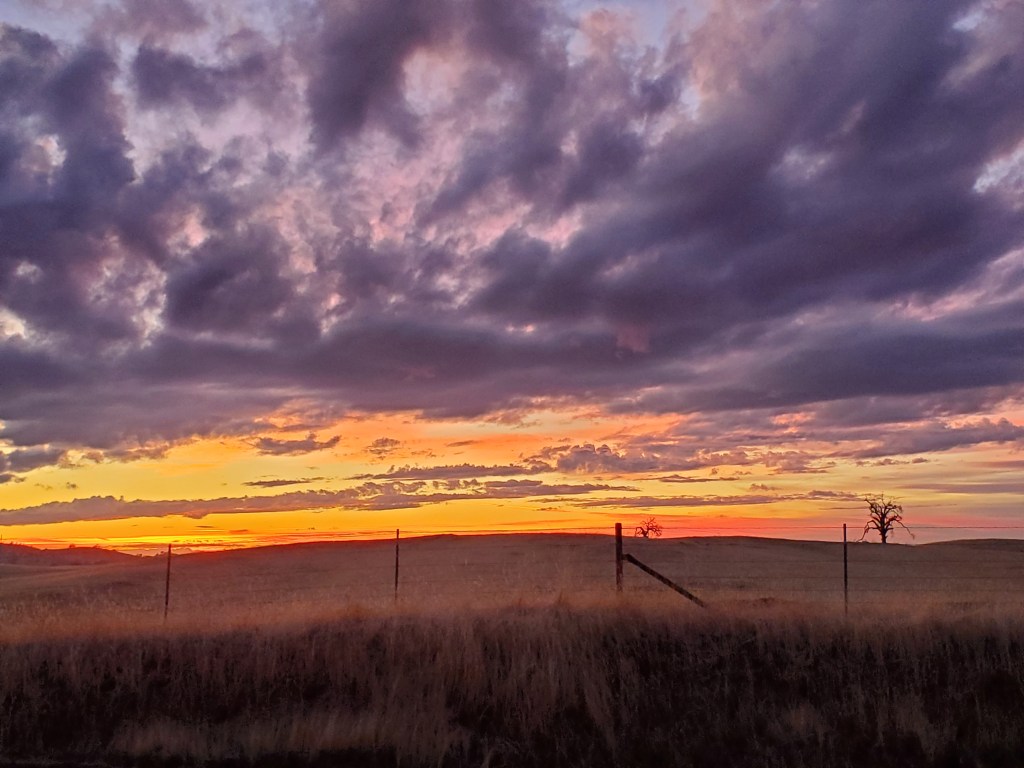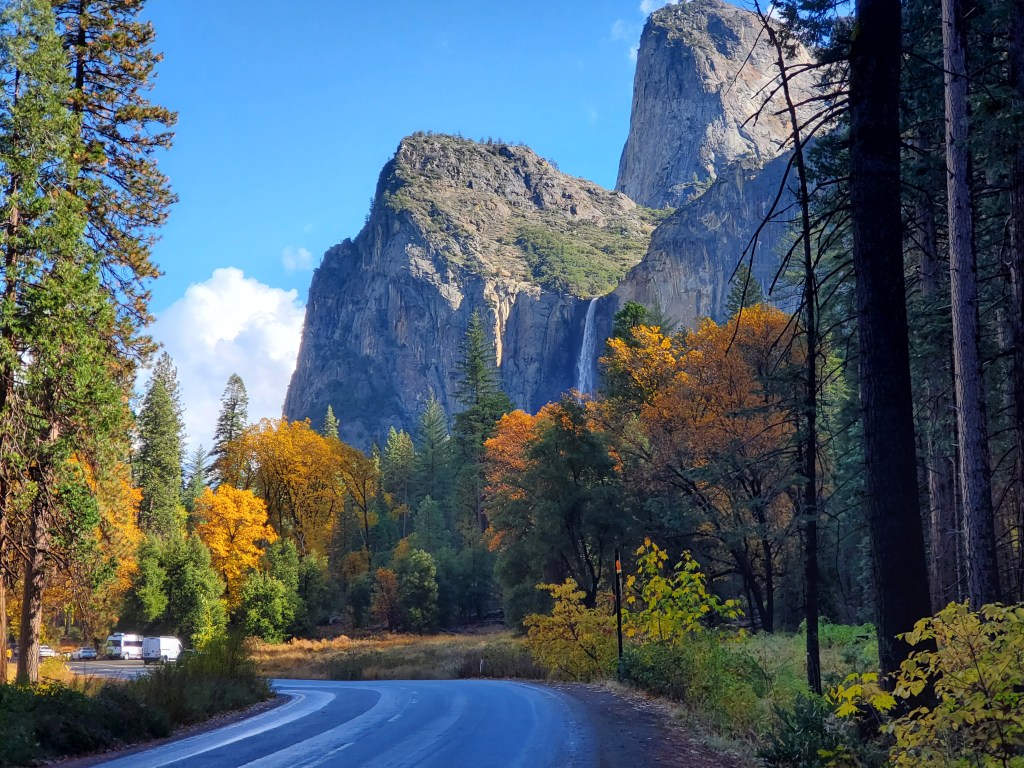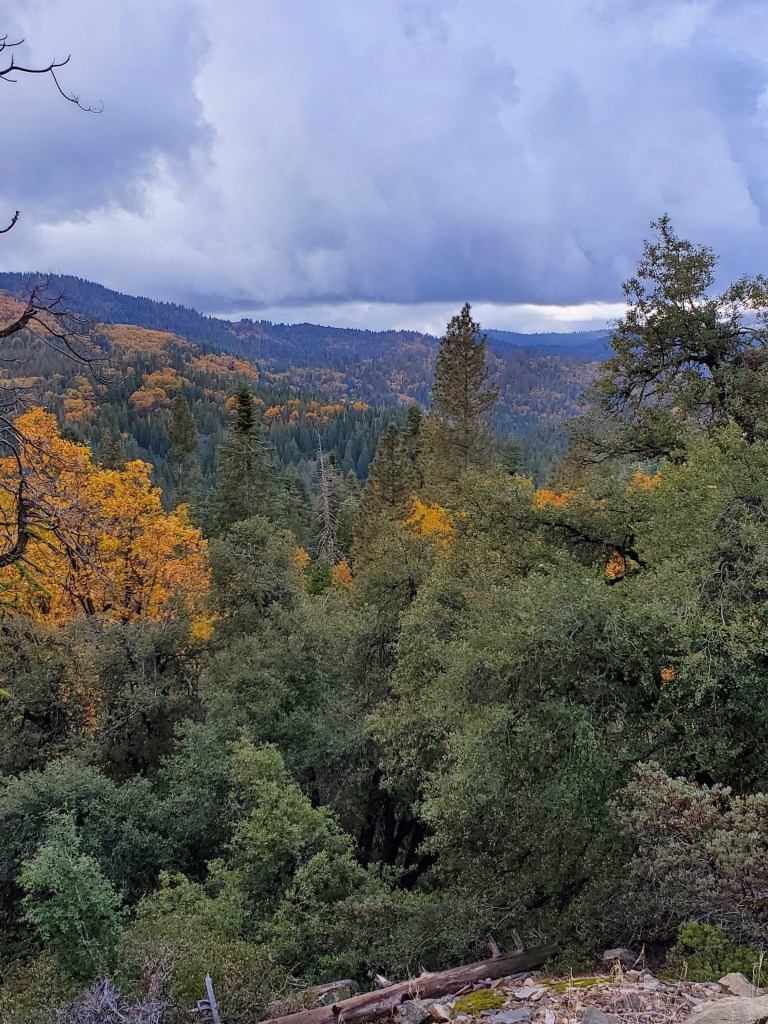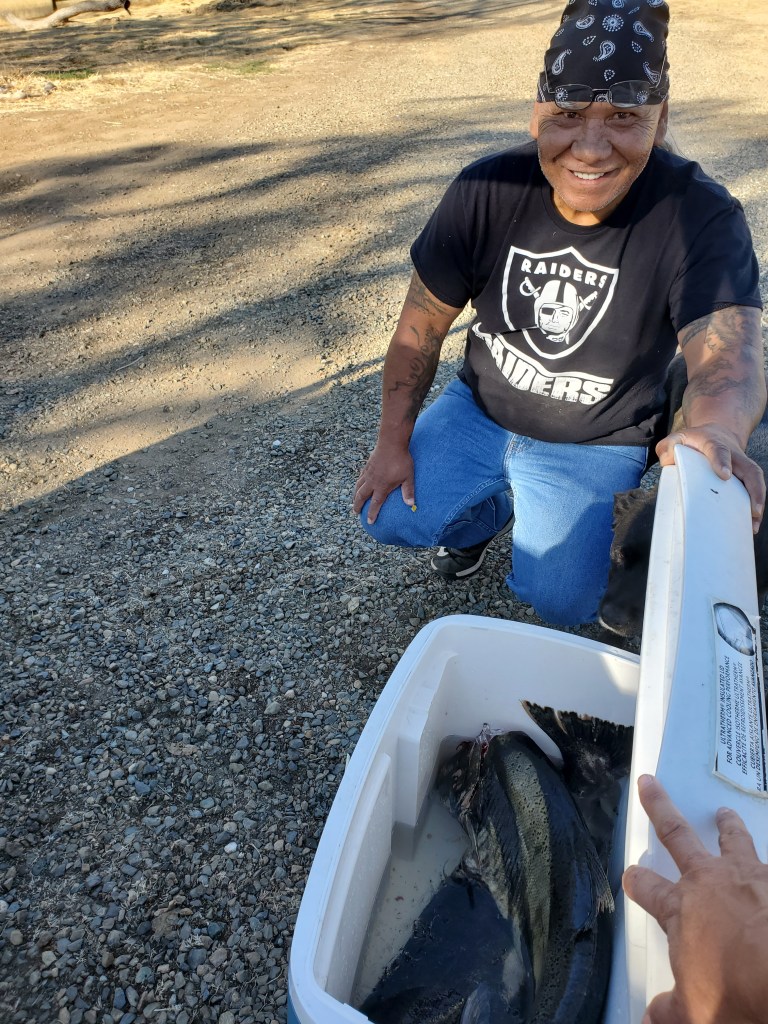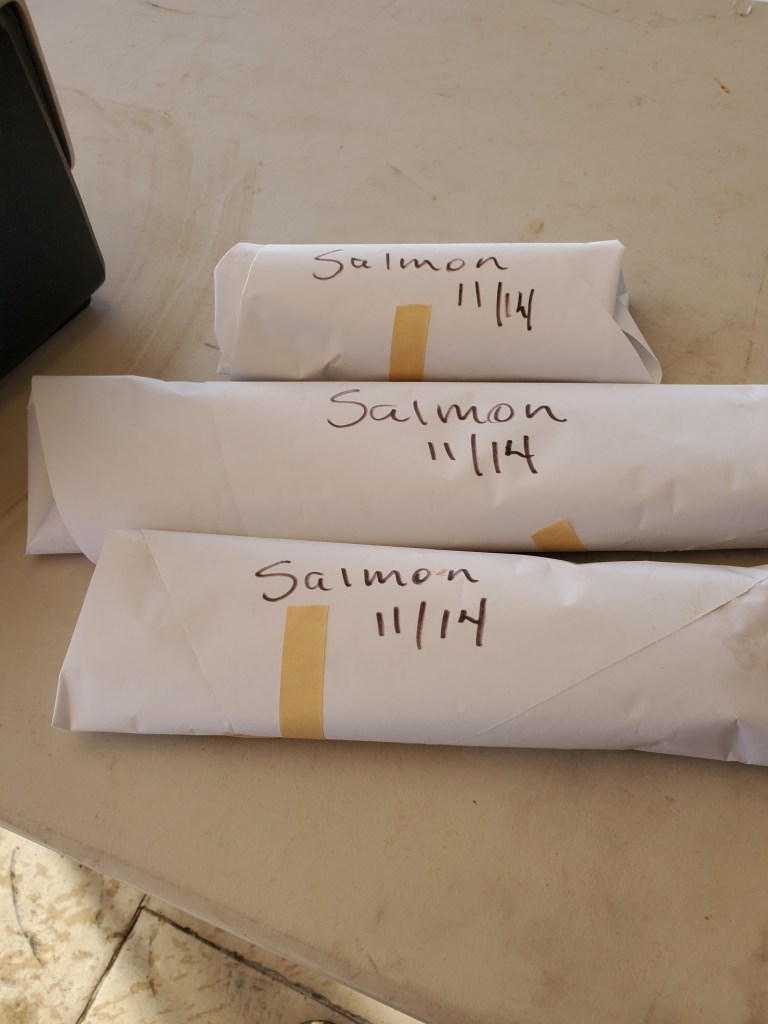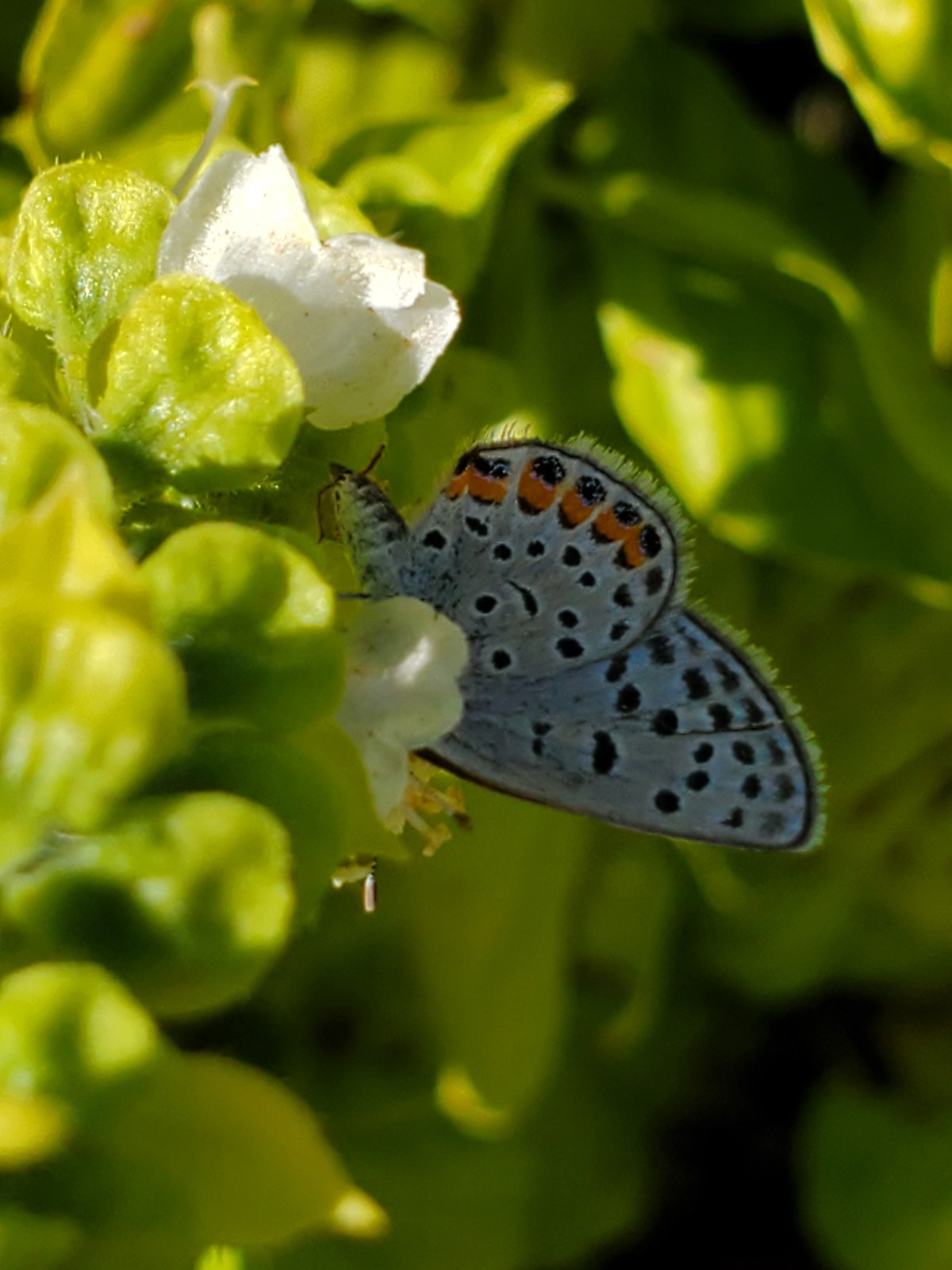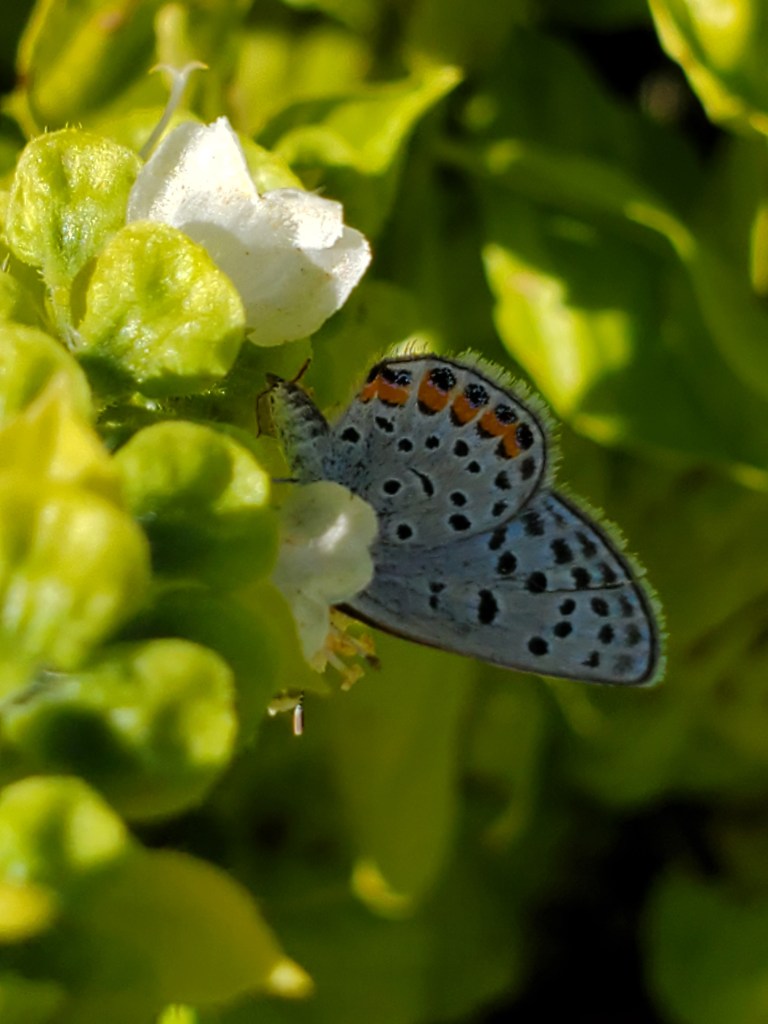
It should be much colder than it is. We are in the 70s every day with overnight lows in the 50s. It feels like Southern California weather. The storm that came in overnight was warm with very little actual water. There were only a few drips in the rain gauge – not even enough to make a 1/16th.
Butterflies, a wide variety, continue to visit. Yesterday, we had a large bumble bee and several silver native bees. They were attacking the poor bumble to get it to leave the flower. The bumble persisted though and got its nectar. Fortunately, there is nectar for all these creatures. The basil continues to have flowers, albeit many less. There are pacific asters, california fuchsia, verbena, black-eyed susans, a little bit of tarweed and dove weed left, marigolds (now that the life sucking beetles have moved on), peas, pumpkin, goldenrod, stevia herb, a few arugula, and one sunflower about ready to bloom, believe it or not. Lots to eat, so there is much activity including honeybees and small native bees and pollinating flies.
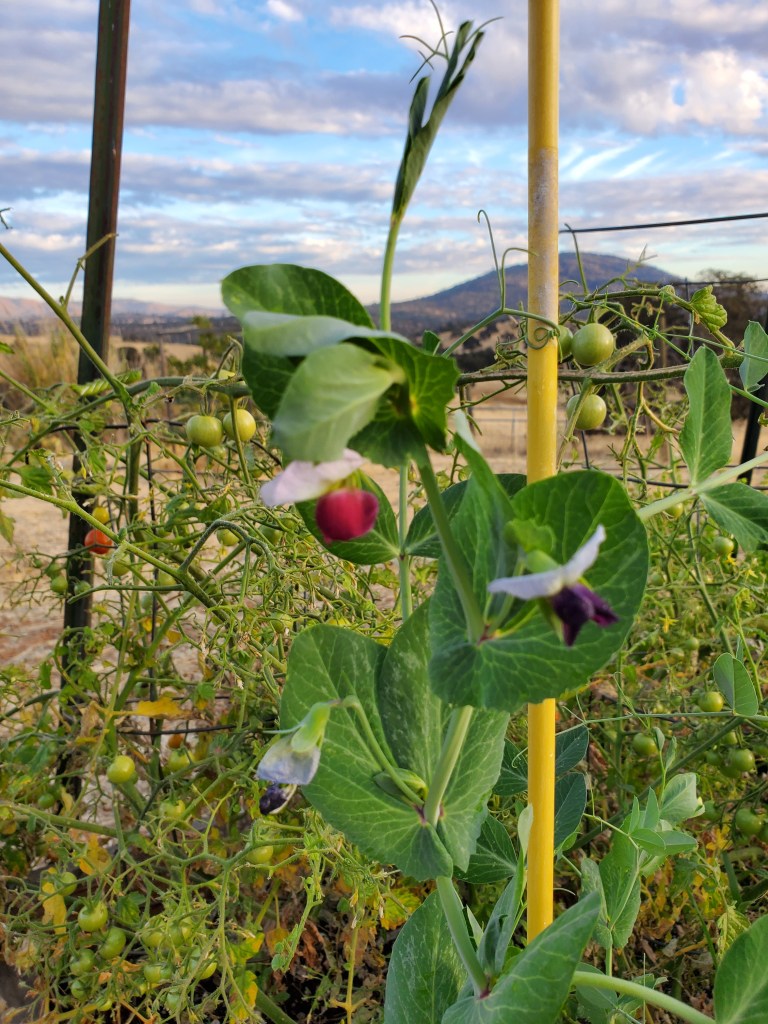

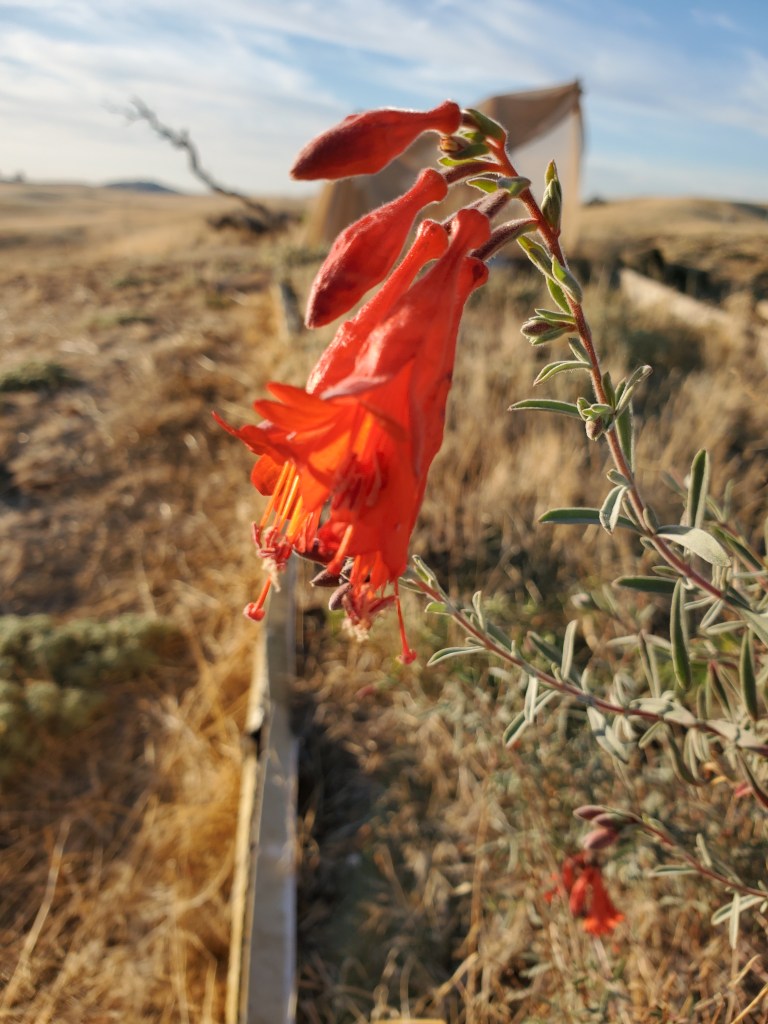
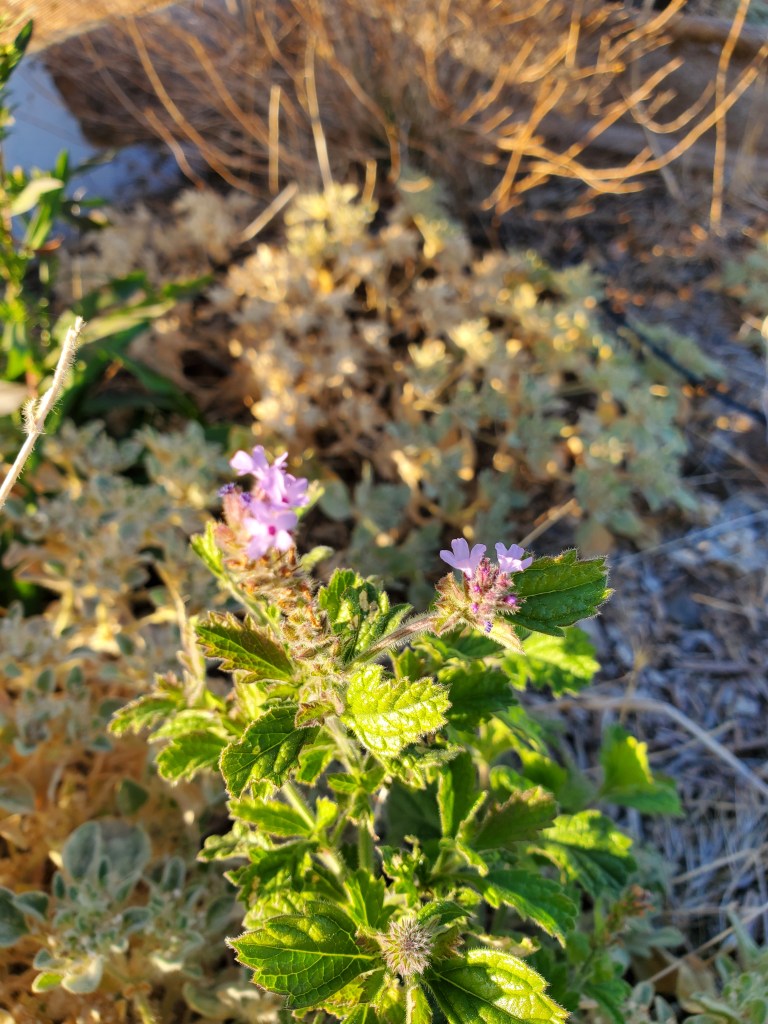
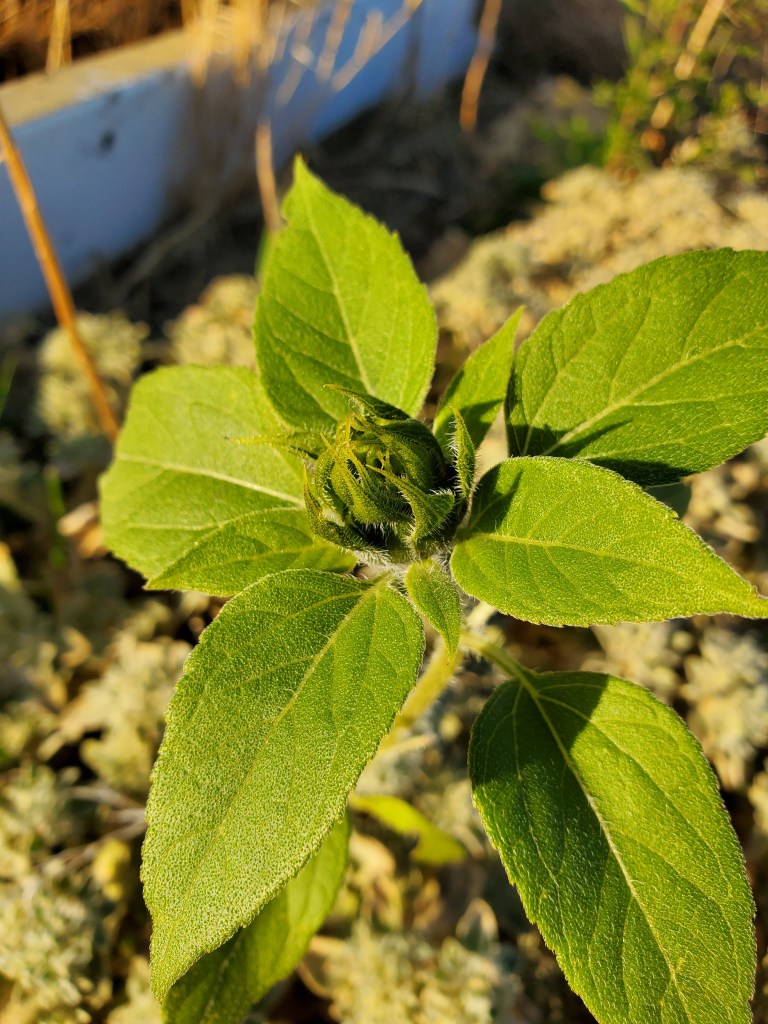

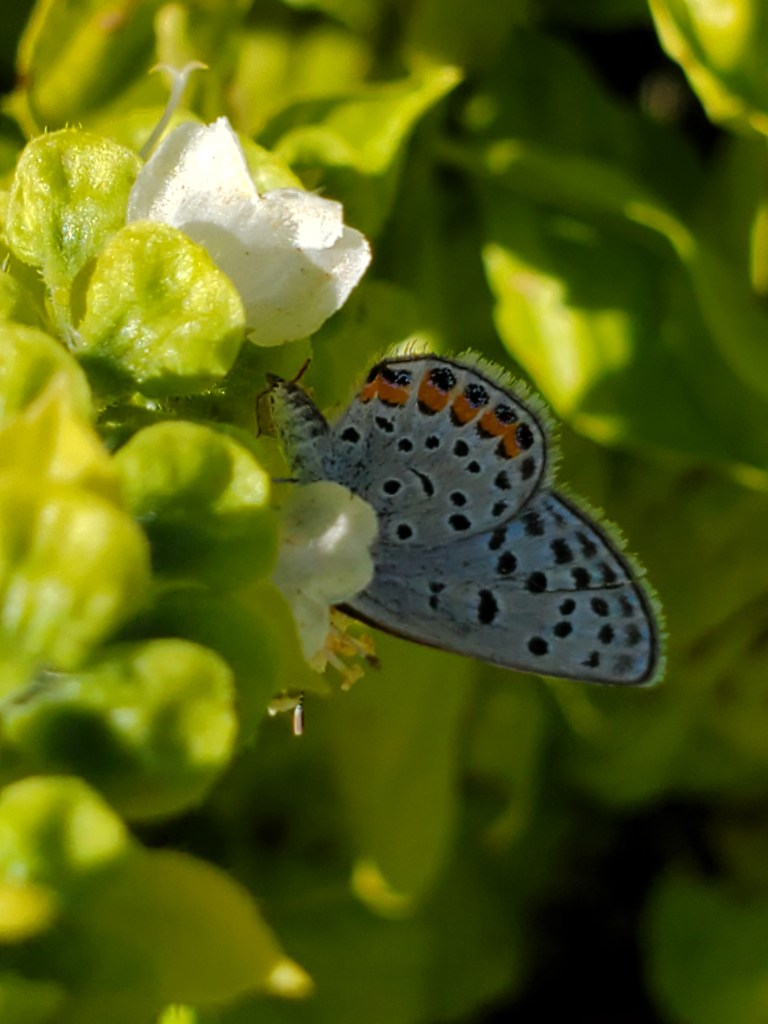
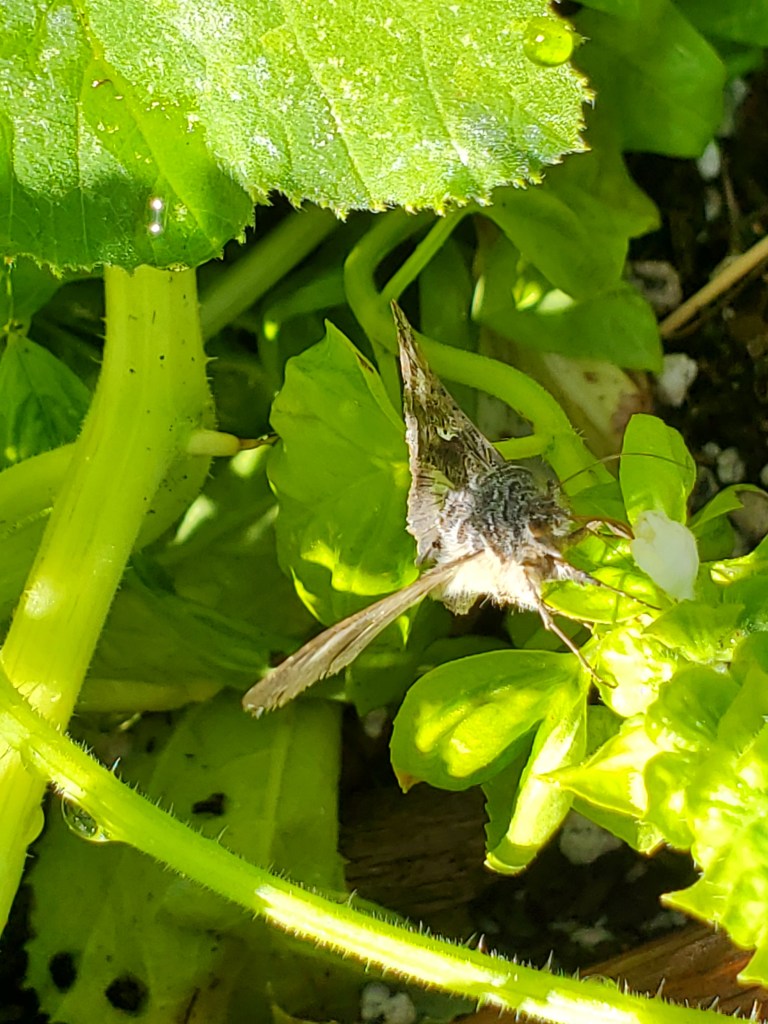
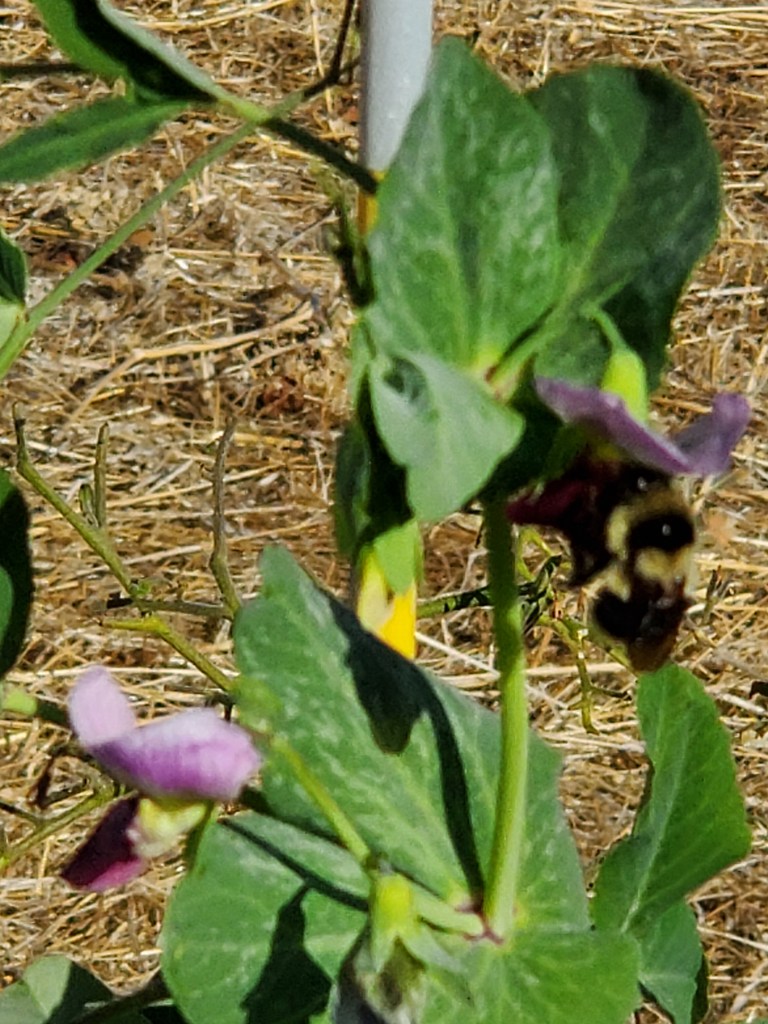

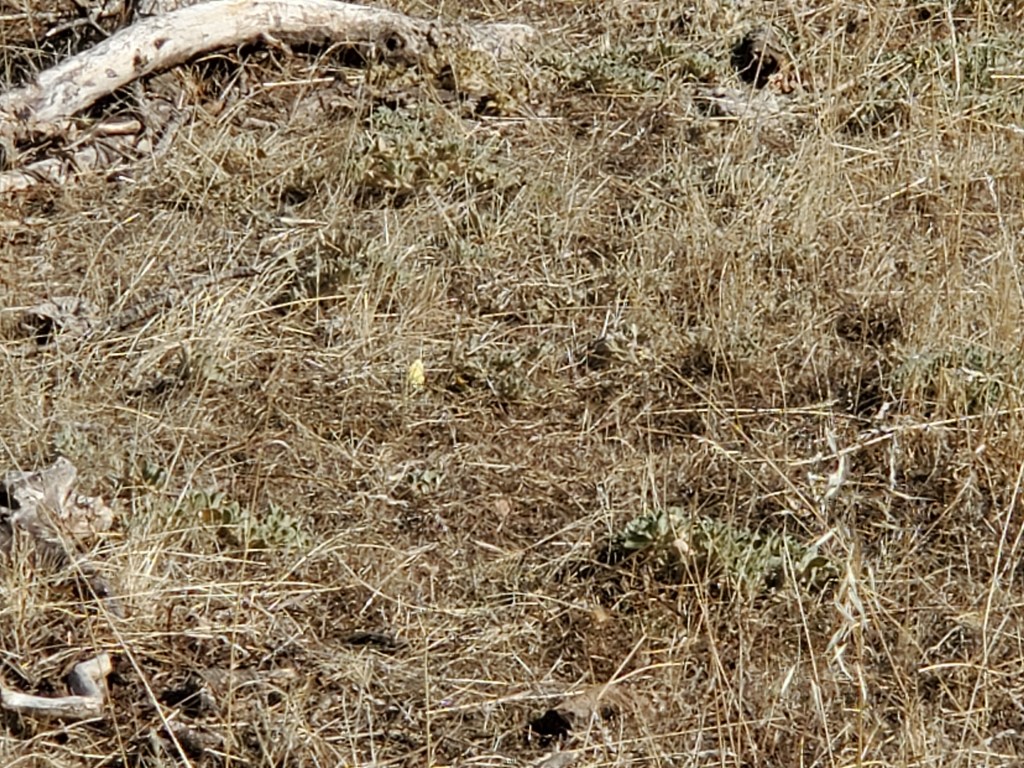
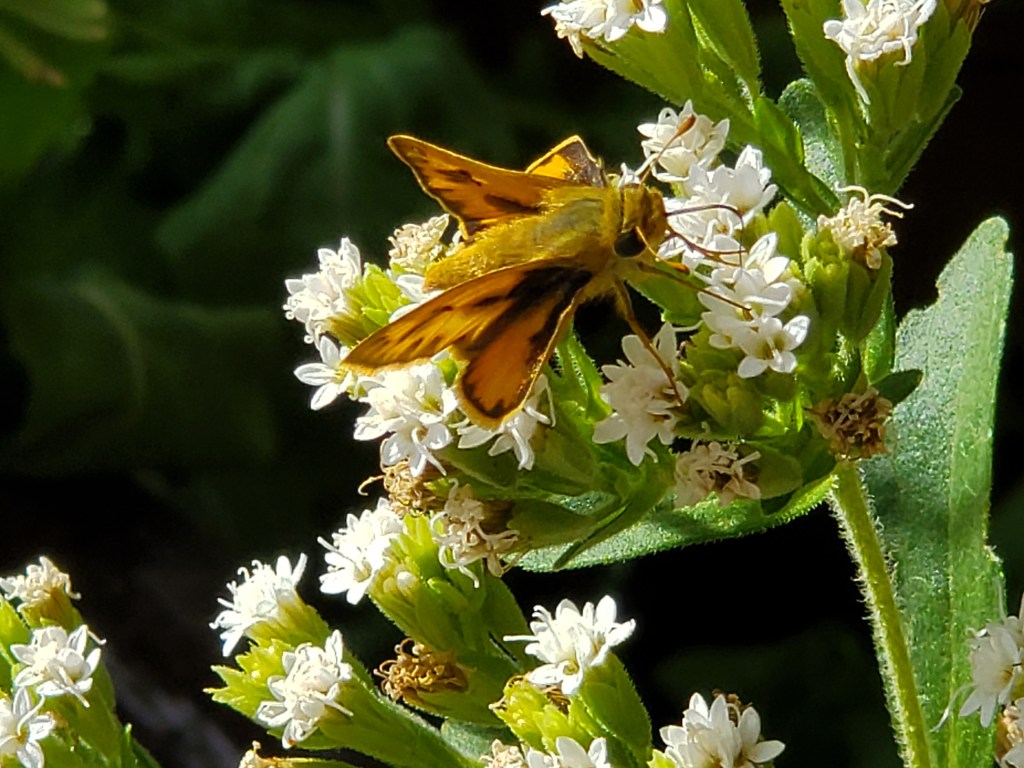
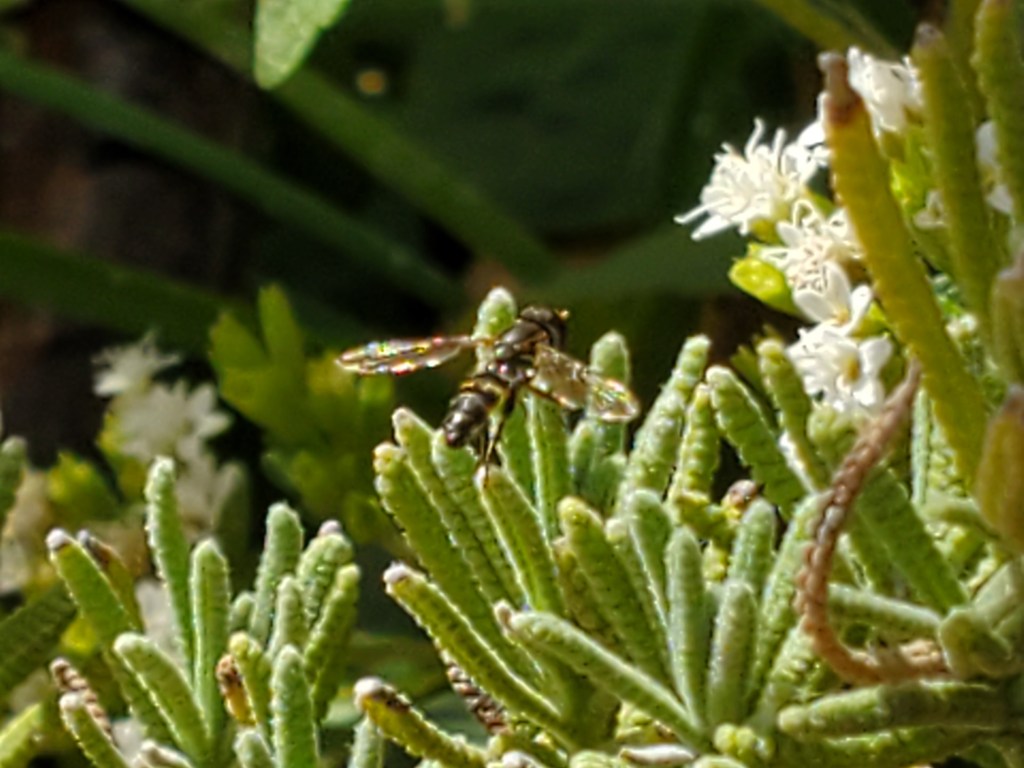
More Check Dams
We have used the cooler weather to build and shore up more check dams. We had rock and logs left over from the rock and log drop structures we put in last month. Fortunately, I had a very able-bodied and willing friend visiting last week. Jen is a total country girl who lives in a city. She has worked on a variety of natural resources projects including riparian restorations. Lucky me! Jen was able to provide additional guidance on the much more informal installation of the latest check dams. They are my hurried, poor girl’s version of the real thing, but they will work to slow water run-off. Don’t be scared to visit; I don’t put all my friends to work here. Jen was super excited about slinging a pick ax and using the chainsaw. My kind of woman!

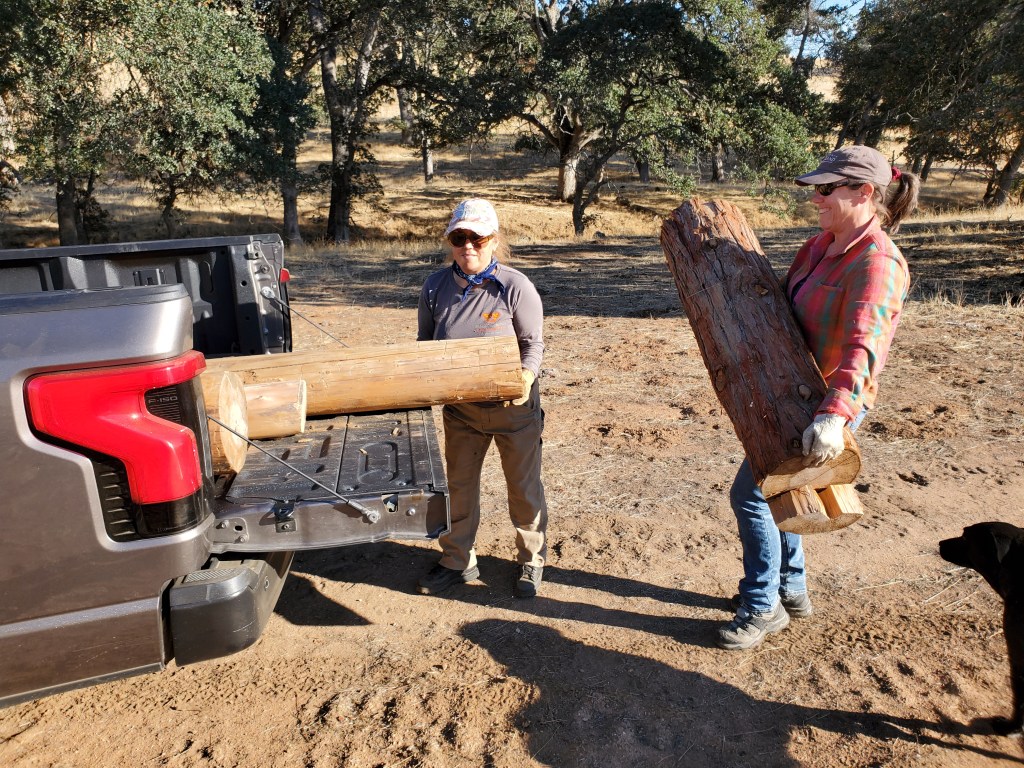


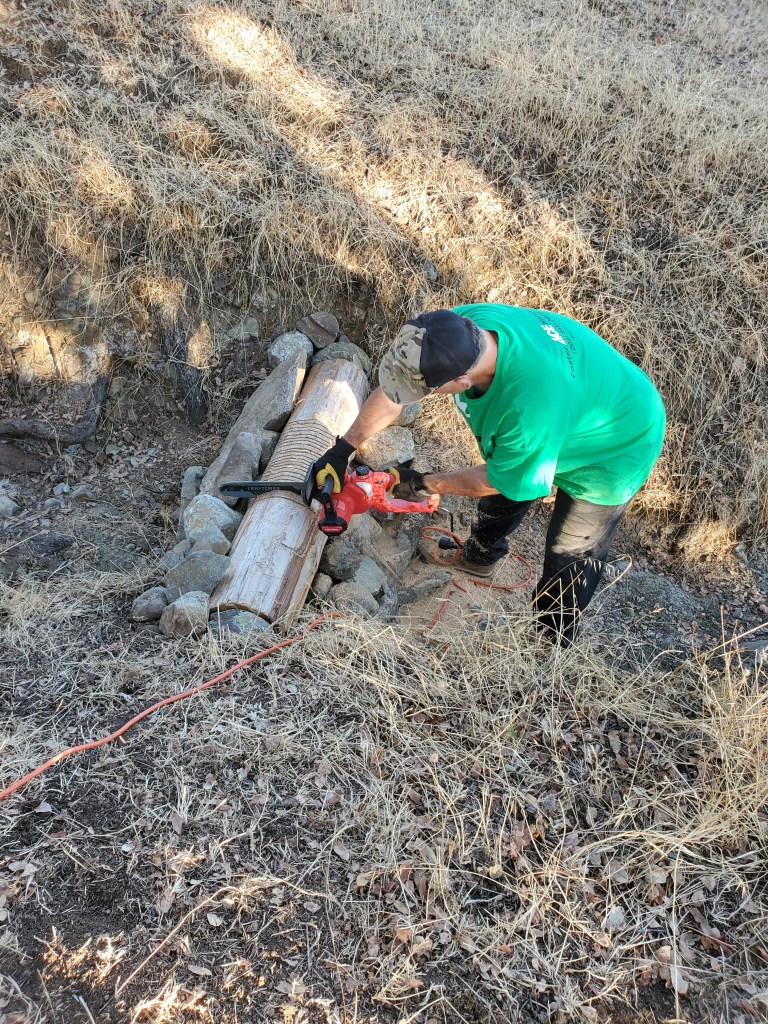
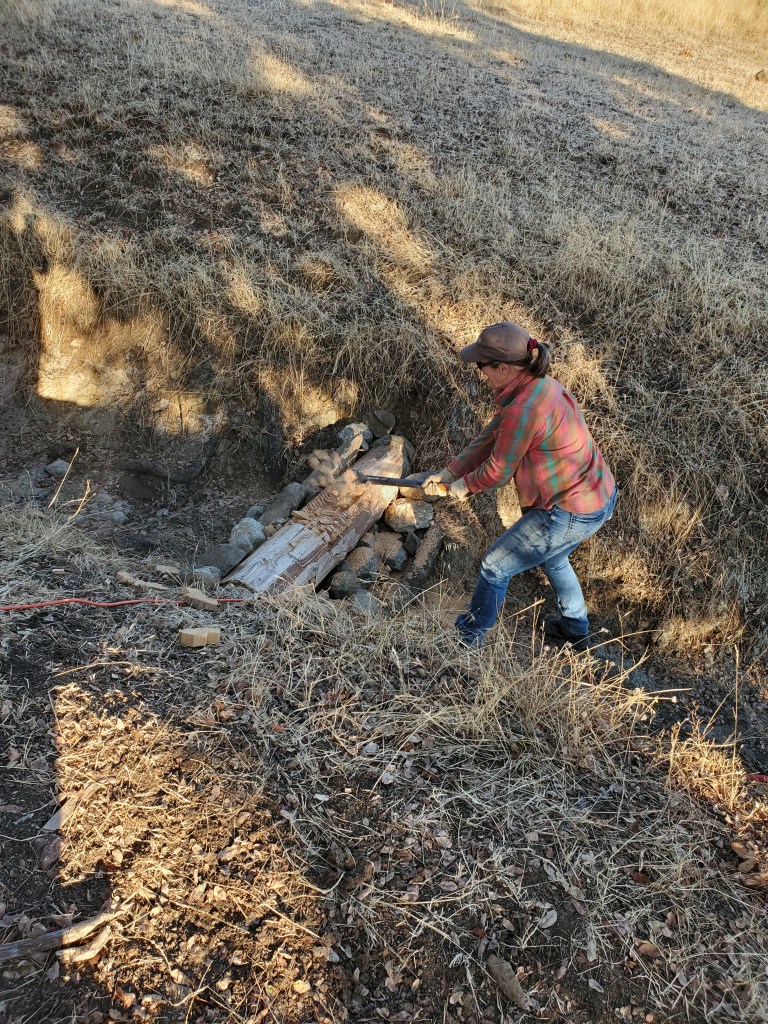





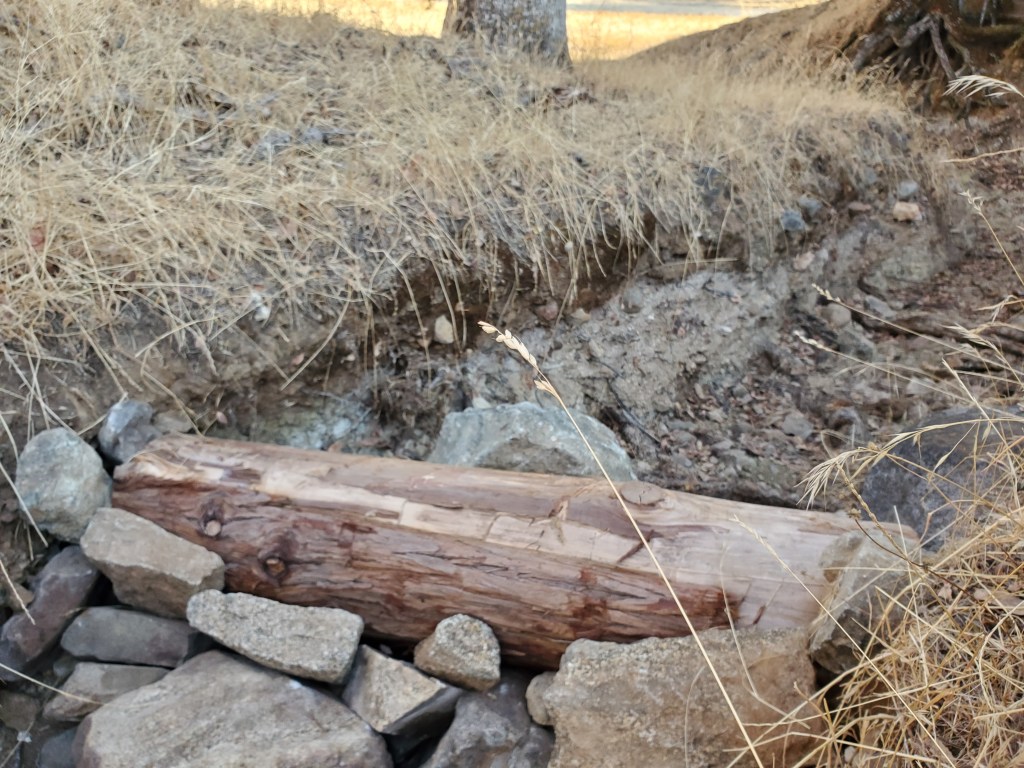
While in this section of the ranch, I also checked on the Spring Creek. I opened the gate after a year to the riparian exclusion area to let the cattle graze. The flowers were almost gone, and there was plenty of feed to distract the cows from the oak seedlings. The cockle burrs and thistle were high, grass abounded, and the creek filled with water plants. After just a week with the gate open and only a few pairs (cow calve pairs), the area was grazed well with the thistle and cockle burr stands knocked down. The creek was opened up, and water was more exposed. The oak seedlings were all doing well and brush piles still standing. This is range management – timing grazing where it will do good for both cows and the ecosystem.


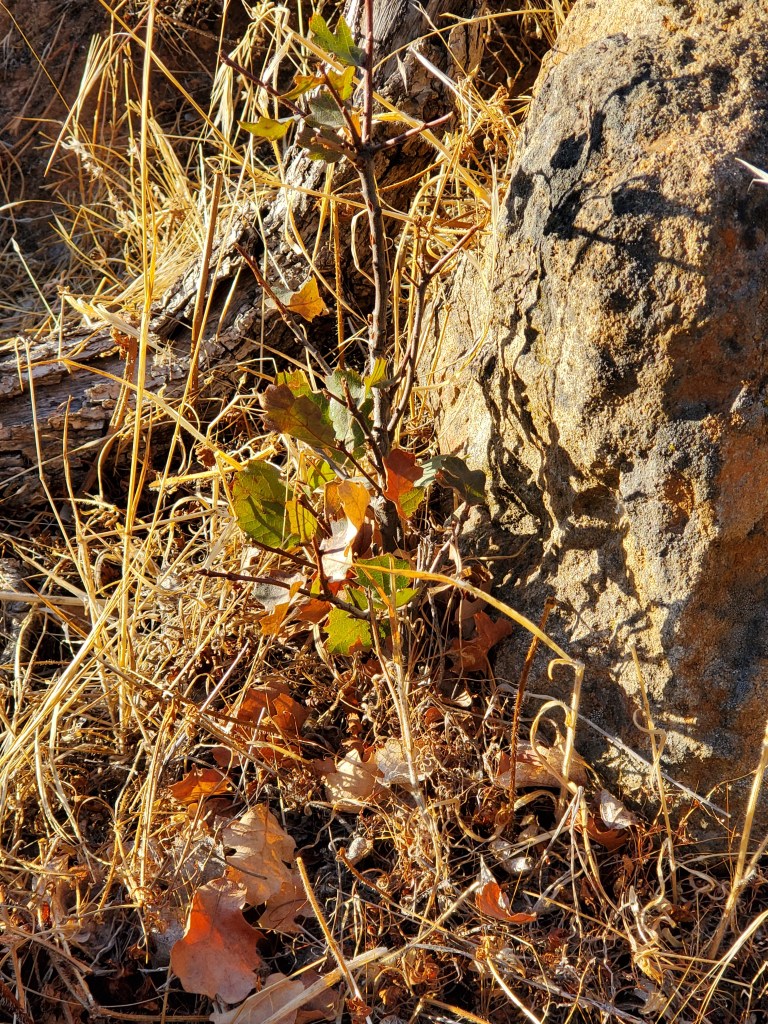
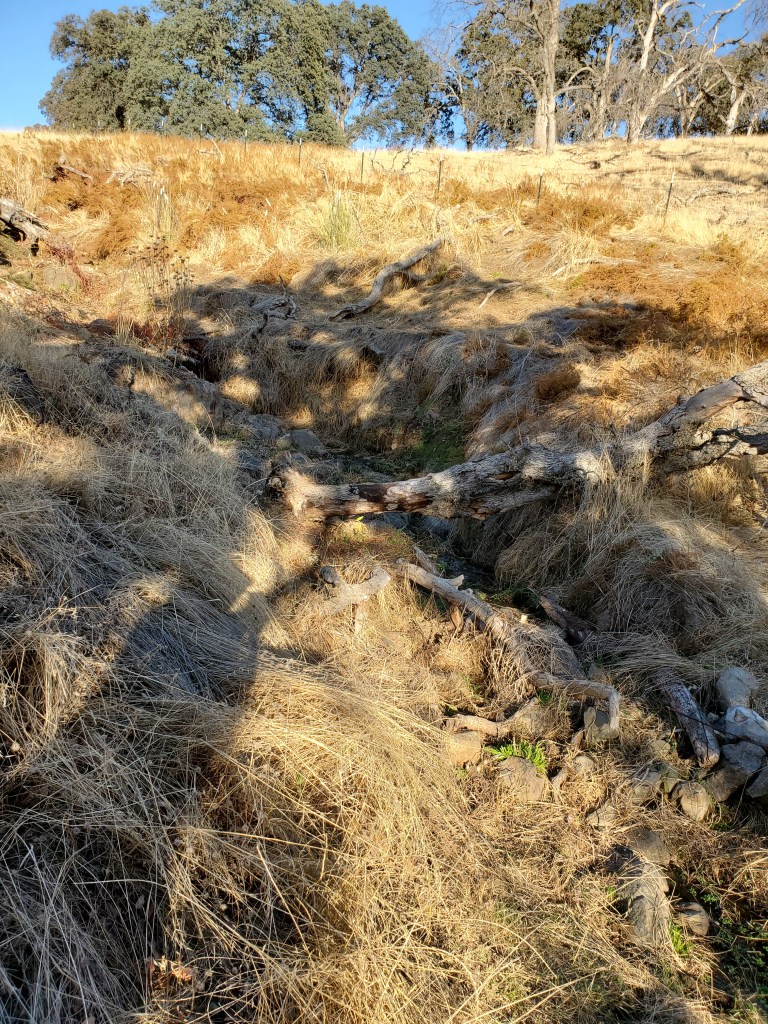
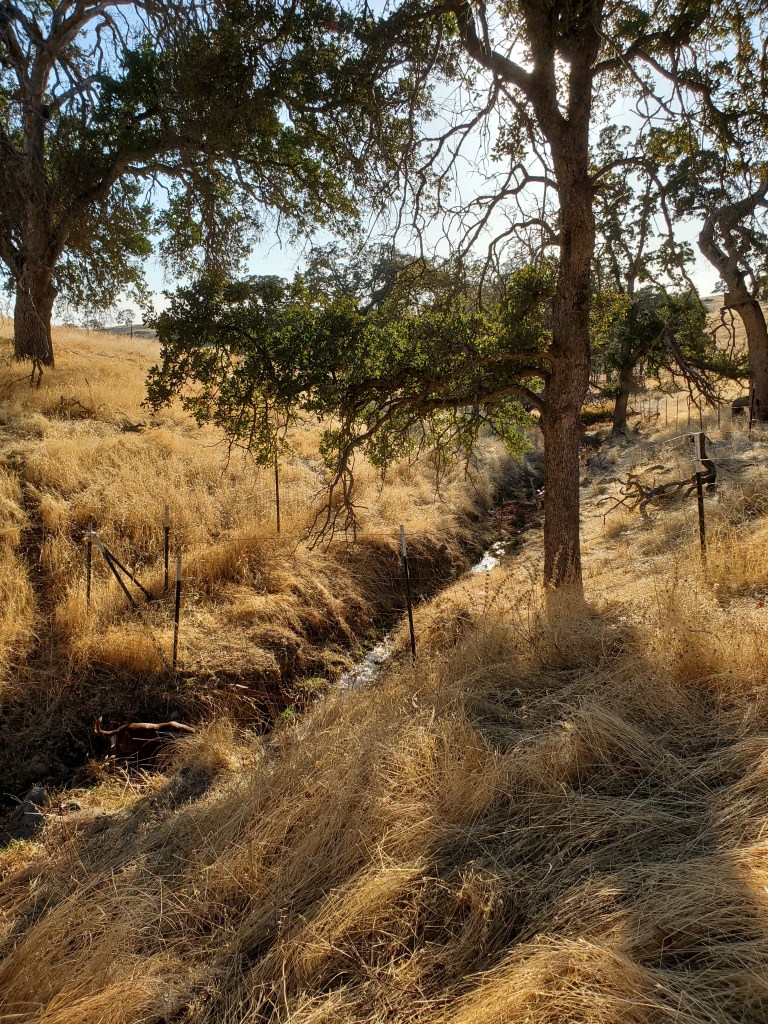
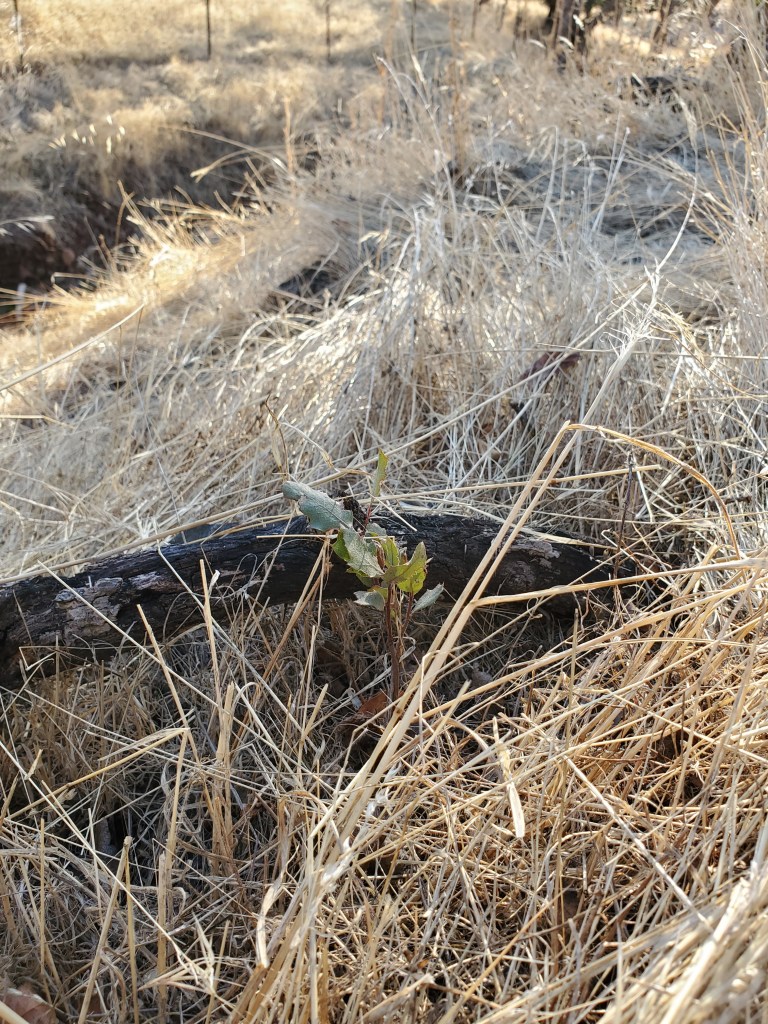
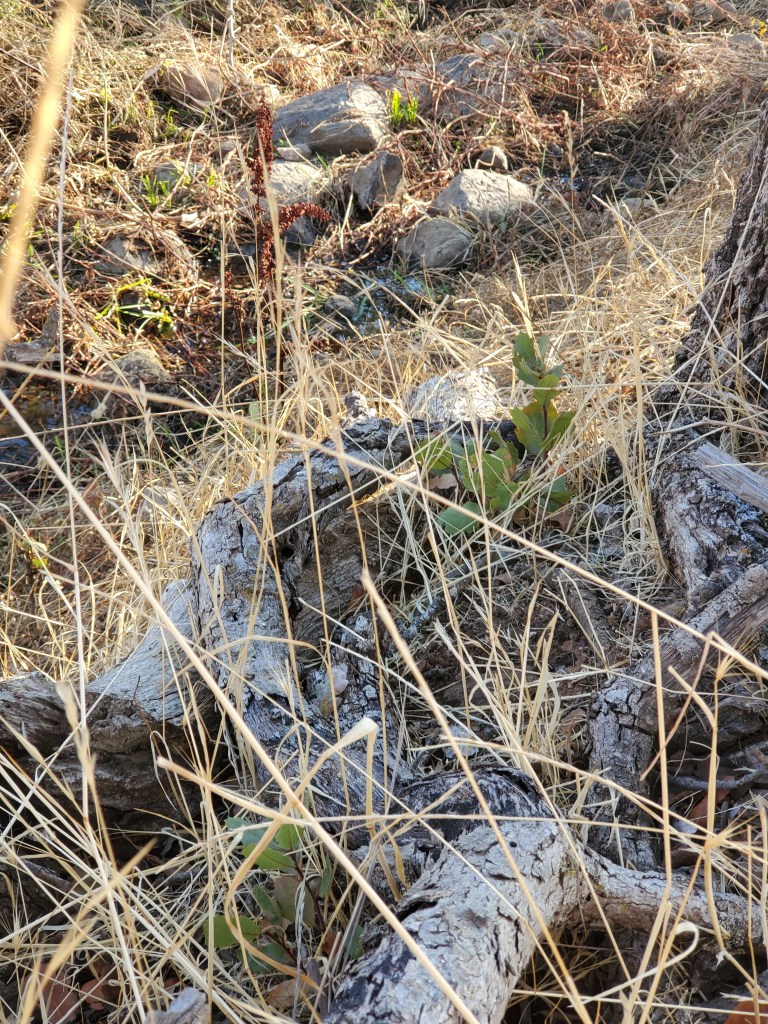

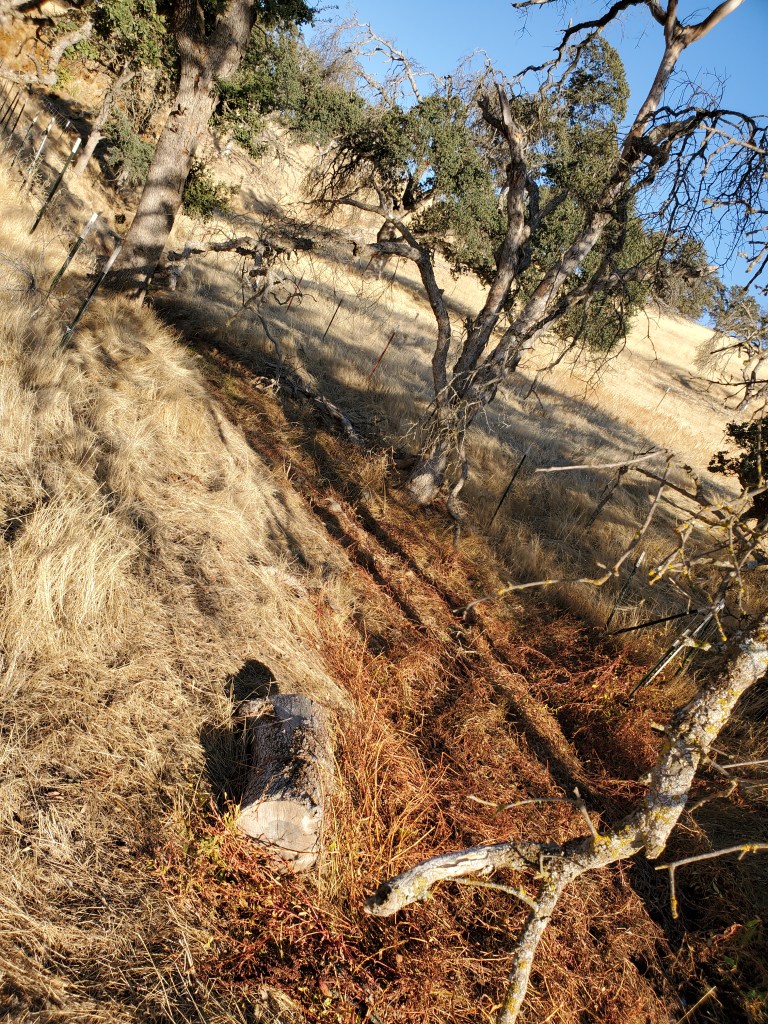
Working in Reciprocity
In addition to work on the ranch, I have had other opportunities to expand habitat. The Southern Sierra Miwuk Nation (SSMN) has a wonderful project in partnership with Sierra Foothill Conservancy and the Mariposa Arts Council to restore a large segment of Mariposa Creek in downtown Mariposa. It is a gorgeous section of creek front that had trash and an overgrowth of invasive plants, like Himalayan blackberry. They have cleaned up the property with fire and litter removal to prepare the site for adding back native plants. I appreciate all the work SSMN is doing to be good stewards in keeping with their values, and the opportunity it provides me to give back. This past week was the planting, and I was so excited to participate. Being in community with so many good people and friends is healing. I even got to work with Shana Saucido the Tribe’s new Pollinator Program Coordinator.
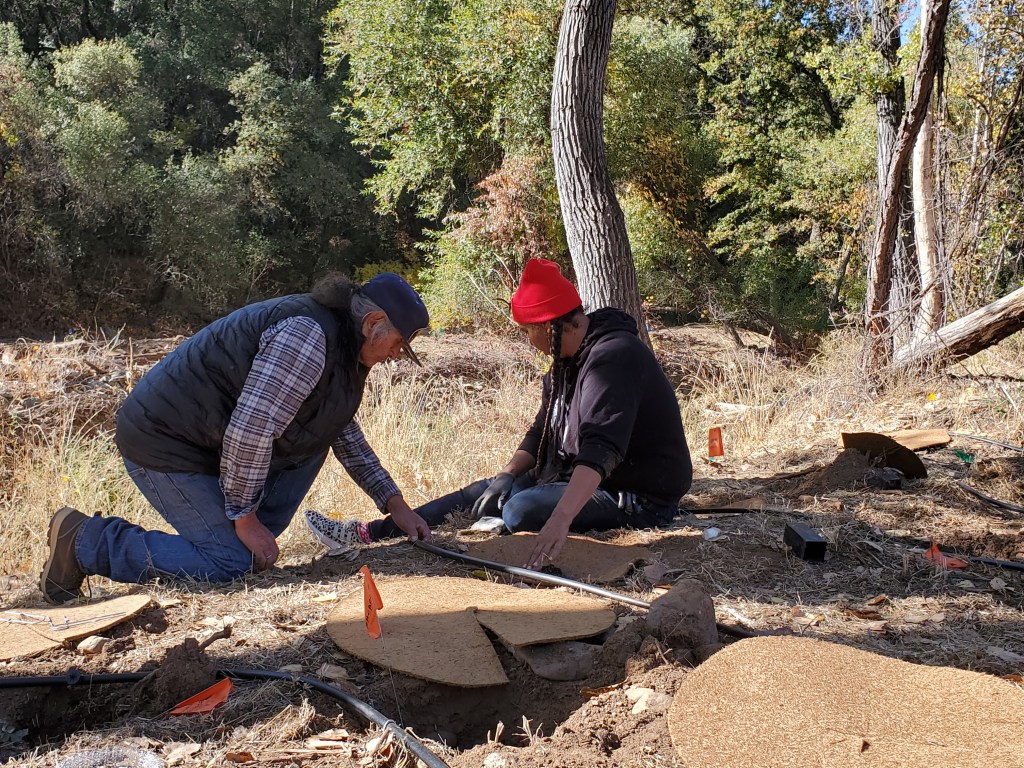

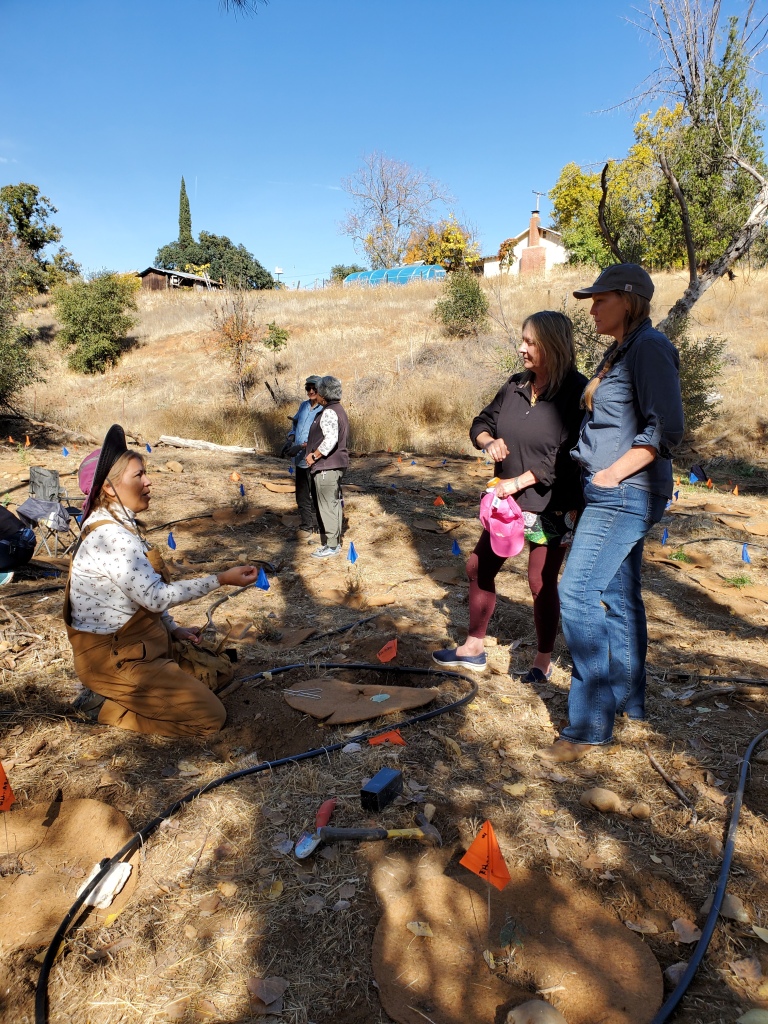
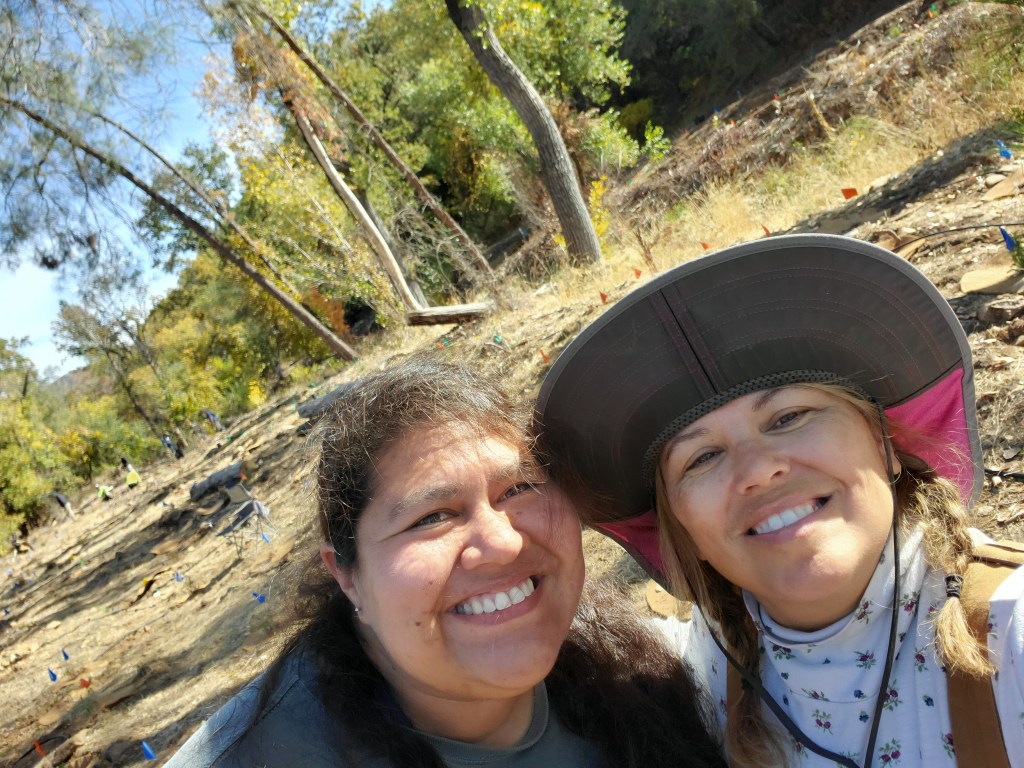
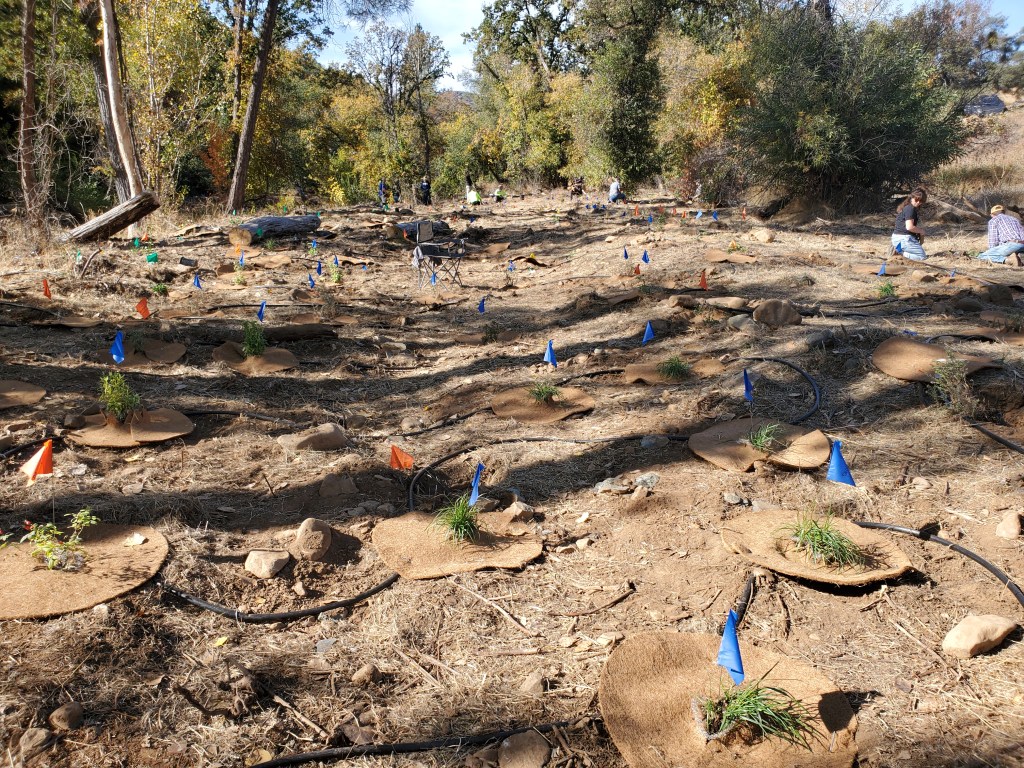
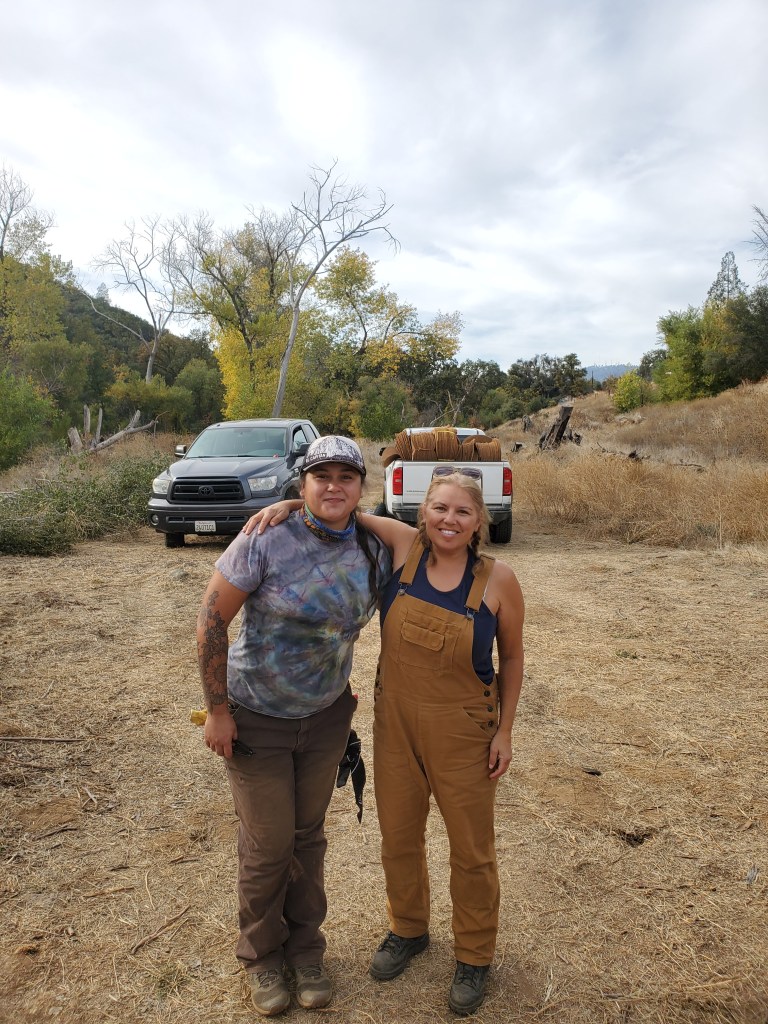
I picked up the SSMN’s Xerces habitat kits in Lockeford the other week. I was able to fit all of them in my truck (Whew!). Now Shana has about 1,000 plants to get into the ground! Thanks to Andrew Gliken of Raw Roots Farms for picking up all the hedge row kits the day before. All of it would not have fit without his help!

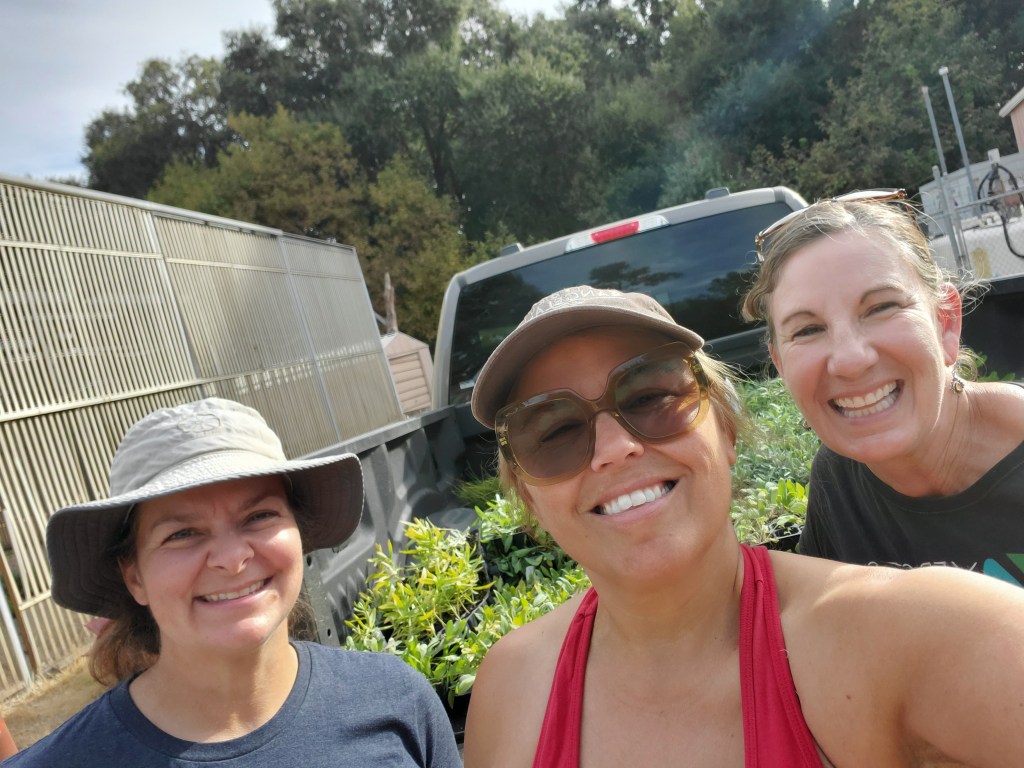
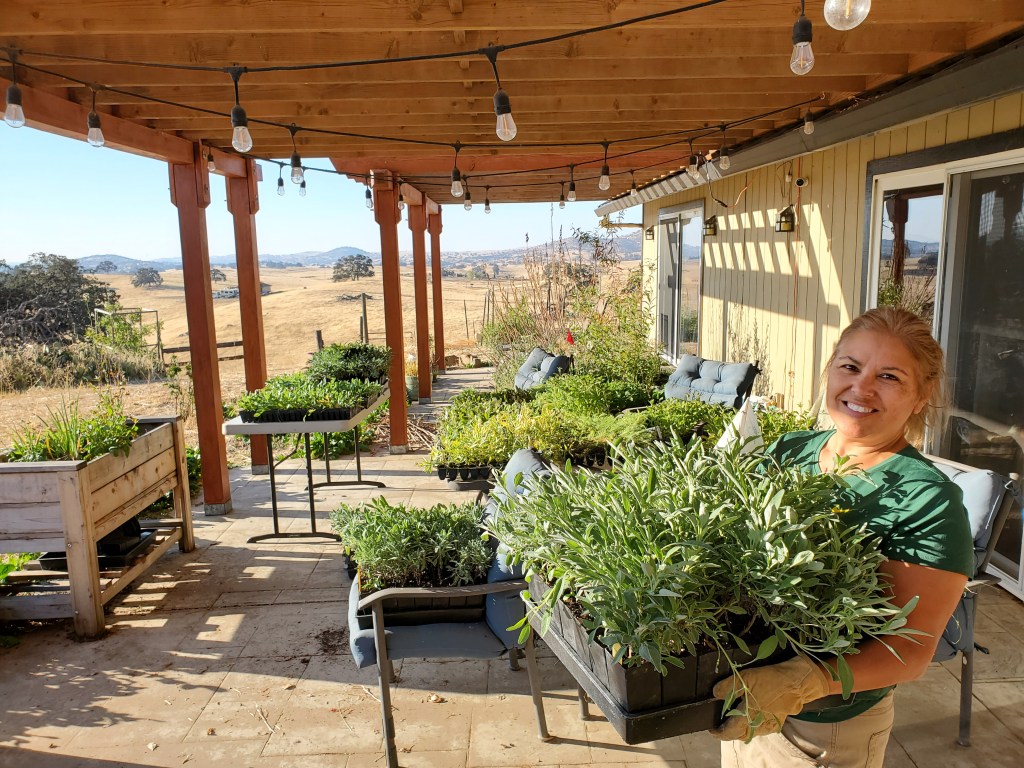

I also had the honor of being asked to teach at the Oka Uuchum – Ancestral Teachings gathering on native plants and pollinators. I partnered with Deedee Soto from Xerces and Kristie Martin, one of the previous Pollinator Program Coordinators, to provide an hour and a half walk, learn and plant circle. We had one of the largest turnouts of the gathering, and, in reciprocity with the land that was hosting us, we planted a pollinator garden. As I began my portion of the talk, a monarch flew through the crowd. I am not making this up. I almost began to cry and quickly had to compose myself. I said “Amand te tevote base’eboli weweria! Chiokoe uttesia (Acknowledging you butterfly relative. Thank you.)”. We do this work for all relatives, especially the children and the wild creatures. The monarch came through to remind us of its beauty, its importance, its magic – and it is worth fighting for. Keep building habitat y’all!


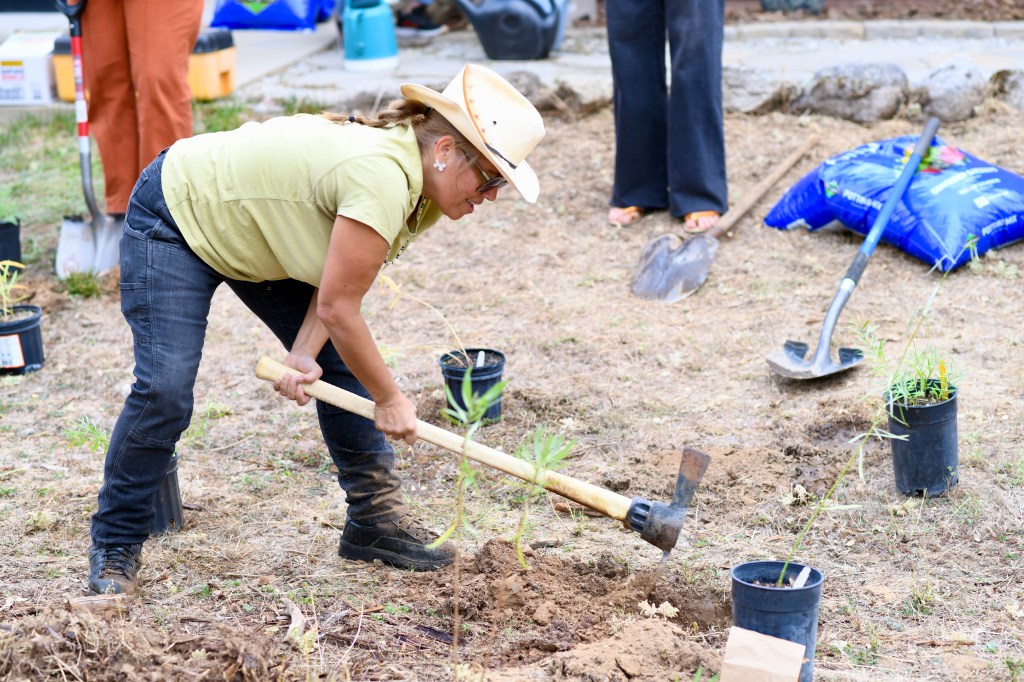
Gratitudes
The last few weeks have been rough. Everything came to a head. Major projects for work, the ranch and volunteering were all due around the same time, plus life changes in family situations with a cousin, a sister, a parent. On top of all of this, my dear friend Pando passed away. I had been visiting her in her care home since February. I know she was not happy. Almost overnight, she went from alert to dying. It took her almost 4 days to “get her wings” as she would say. As we all know, death is part of the bargain in life. Still, it leaves a hole and moves you to contemplate your own life. What I realized is how happy I am. It is the joy of digging in the dirt, helping the planet in some small way, meeting people with the same love, living in the Sierras, having work with clear and direct purpose, being in love with the person I live with, having people who love me, having animals to care for, and working with people who value my contributions. The media tries to sell you despair, envy, greed, copious consumption; don’t buy it. We each have choices, so choose to make a difference in some small way. Tell someone you love them. Hold hands. Say “yes” to that friend or family member you’ve been rescheduling. Rescue and care for an animal. Plant milkweed and watch it grow.

